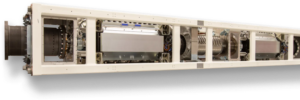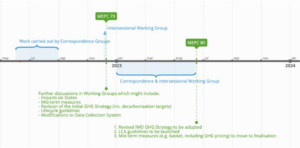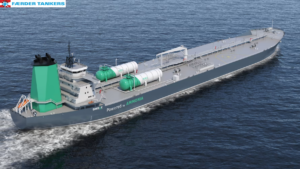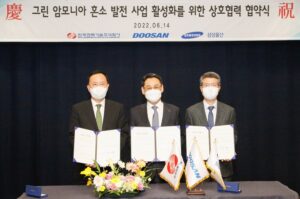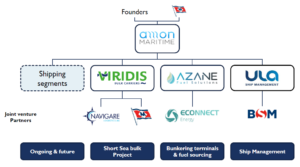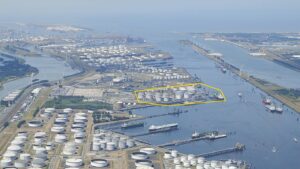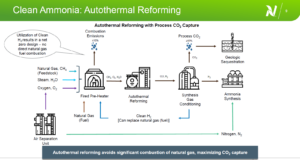ExxonMobil’s Slagen terminal to become a low-emissions hub
ExxonMobil, Grieg Edge, North Ammonia, and GreenH will explore options to transform Exxon’s existing Slagen terminal into a production & distribution hub for renewable ammonia and hydrogen maritime fuels. The group has identified the potential to produce 200,000 tonnes of electrolytic hydrogen production per year at the site, as well as distributing 100,000 tonnes per year of renewable ammonia. Exxon’s wider plans for low-carbon ammonia also include two large-scale production hubs (one each in the US and the UK).

